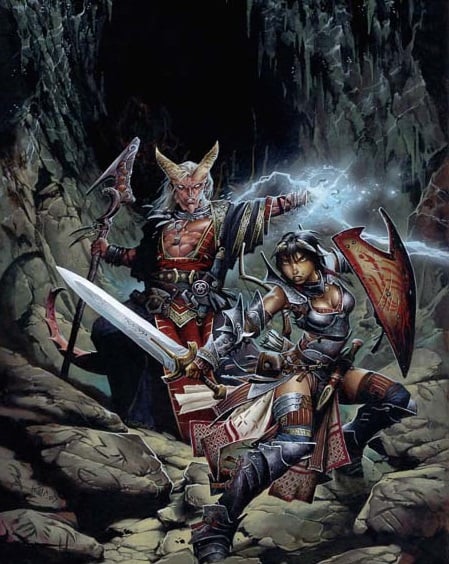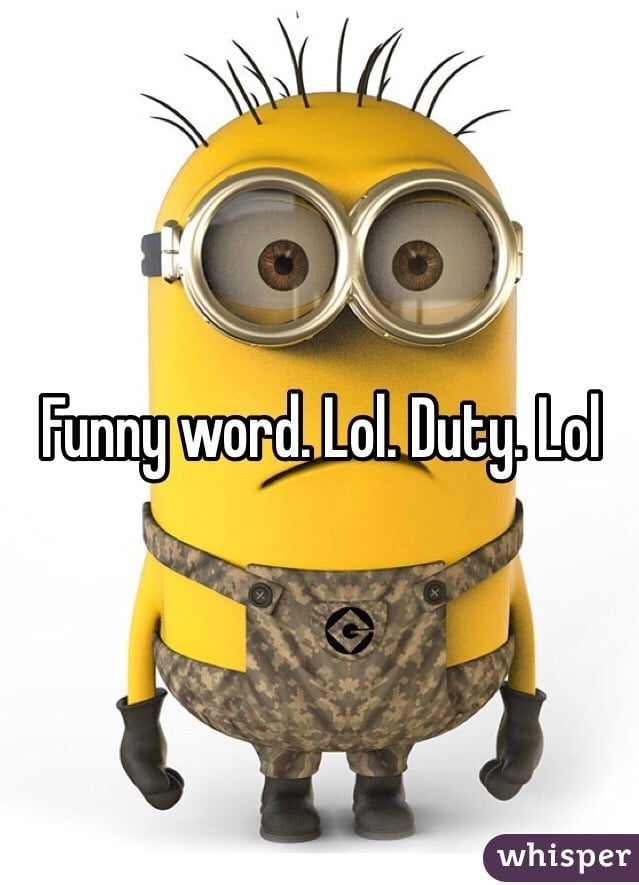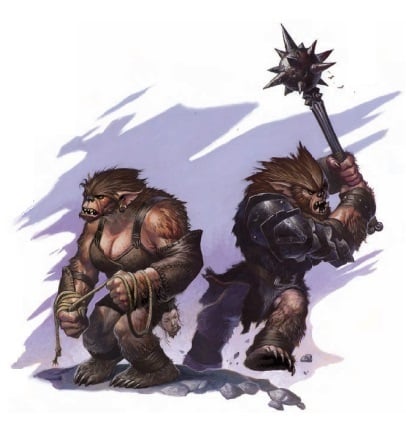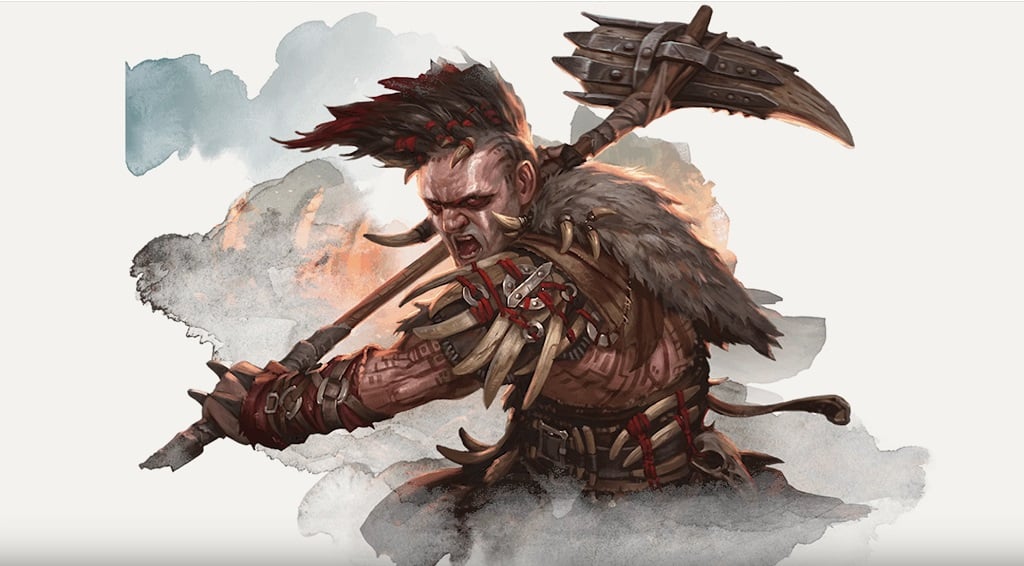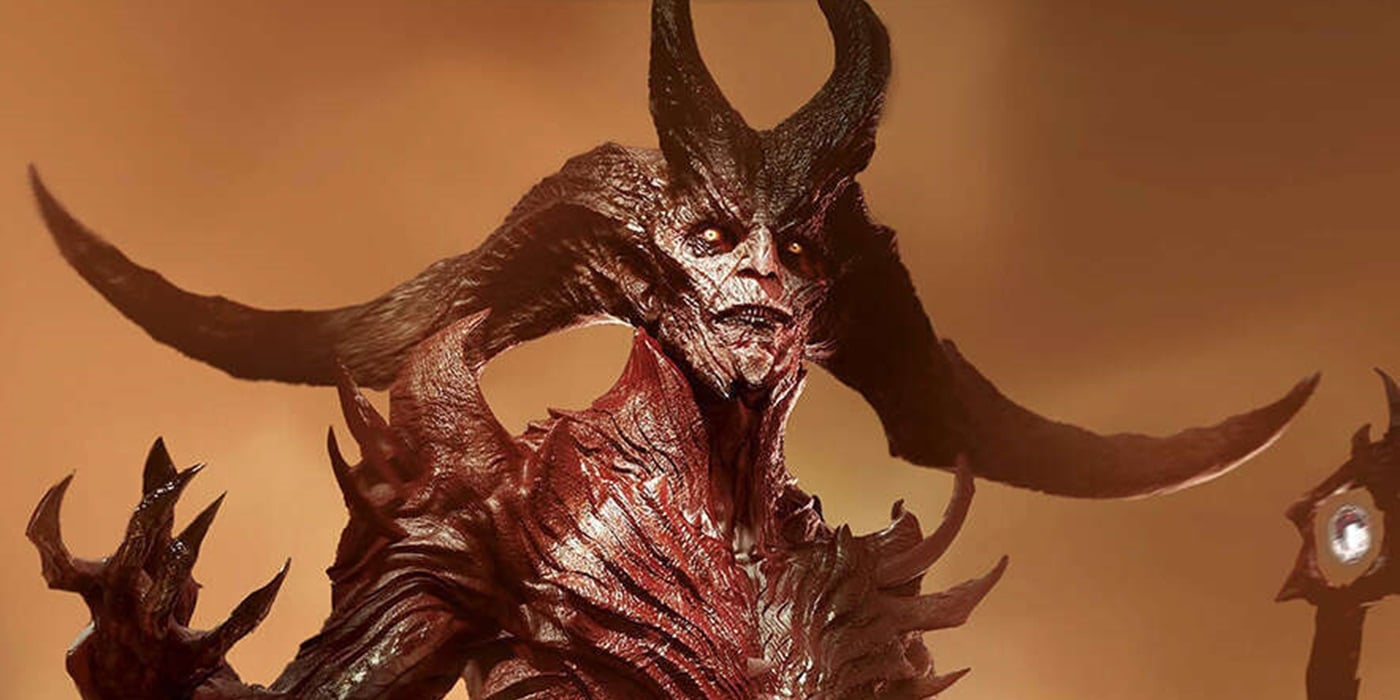D&D: Five Things We Miss About Fourth Edition
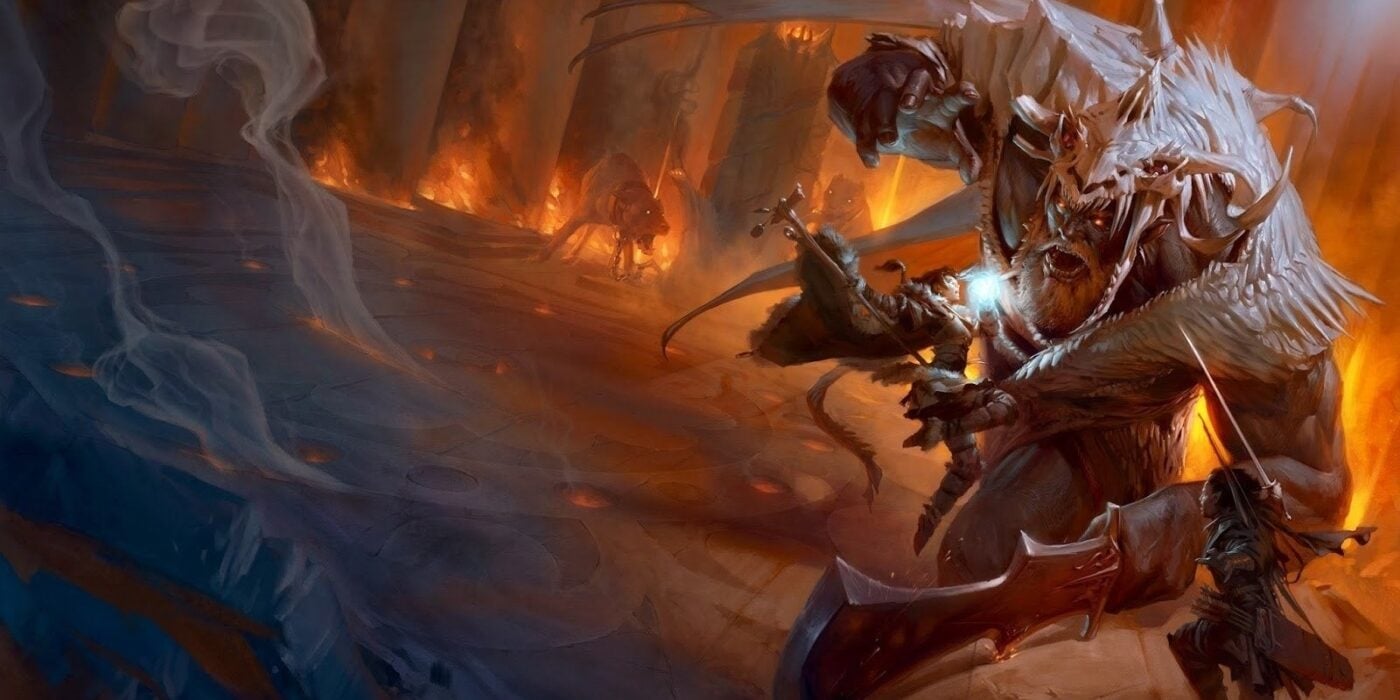

Say what you will about 4E, but its innovations are sorely missed at the tabletop even to this day. Here are five things we miss about fourth edition.
4th Edition D&D is one of the more divisive editions out there. The fandom around it was so divided that Pathfinder sprang into being so that people could keep playing D&D the way they thought they wanted to. But 4th Edition also paved the road for the most popular edition of D&D to date, and along the way, many of the innovations that made 4th Edition shine – encounter powers, daily powers, short rests – got renamed or reworked and folded into 5E.
However, not everything made it – and here are a few things that we wish had.
The Warlord
This is a class that people have been hungering for since the release of 5th Edition. When it debuted in the 4th Edition Player’s Handbook, players were surprised, but pleasantly so. There was a martial leader that could heal their allies and enable players to attack, all while feeling like a fighter. They didn’t have magic or divine power, just a great deal of heart that they used to encourage their allies to be their best. There had not been a class like it before or since. With each new release, players clamor for a 5E Warlord – and you can find no end of fan attempts to adapt the 4E version to the current day. But even so, it’s sorely missed.
Minions
Monsters with only 1hp that can remain a threat even at the highest levels? Yes please. Minions were a great addition to any encounter that you wanted to fill out. 4th Edition understood one thing that no other edition of D&D has really leaned into: fights with one monster are boring. And fights where you have to swing it out against monsters that can’t really hurt you are also boring. 8th-level characters don’t want to actually wade through 100 goblins, even though they’re capable of it. That’s where minions came in. And while you can effectively use them with monsters that have few hit points, the scalability of them that kept them combat viable threats you couldn’t just ignore is something that maybe a future D&D will pick back up.
Monster Roles
Speaking of building encounters. One thing that 4th Edition did extraordinarily well made it easy for DMs to know what each monster was designed to do. With roles like Soldier (High AC and Attack Bonus), Brute (High HP and Damage), Controller (AoEs and Status Effects), and so on for monsters, every monster had its job in combat and was designed to do it in ways that were fun and interesting. Monsters still have those same roles, but they’re less explicit about it. Kobold dragonshields are soldiers, while Kobold inventors are controllers, for instance, hopefully, someone puts out a guide to figuring out what monsters should do.
At-Will Powers for Everyone
In 4th Edition even Fighters had cantrips. They were attacks, but they were attacks that did something like push a foe, draw them closer, or make it harder for them to hit someone other than you. Imagine what life would be like if your Fighter or Barbarian could do that in 5E.
What do you miss from 4th Edition?

